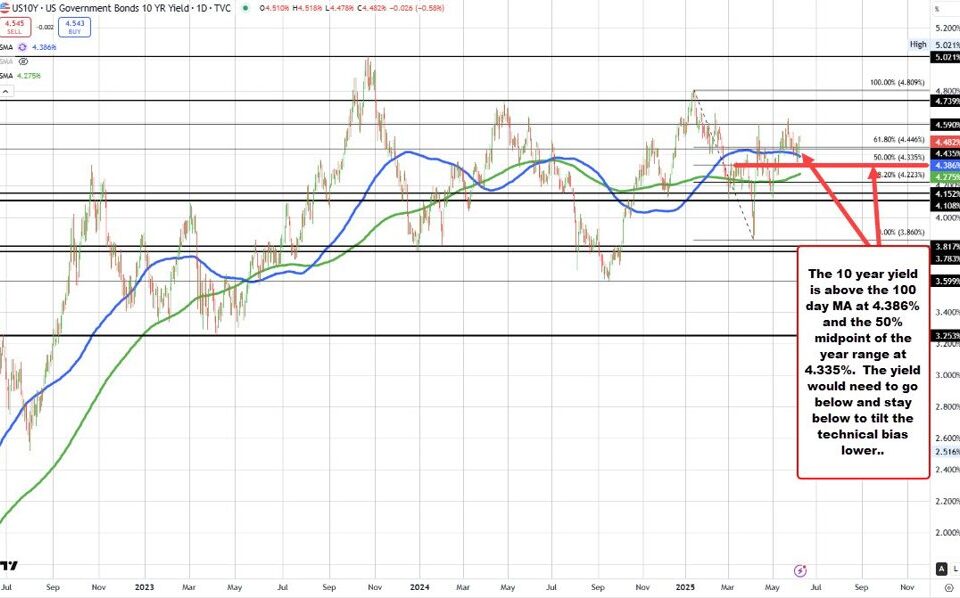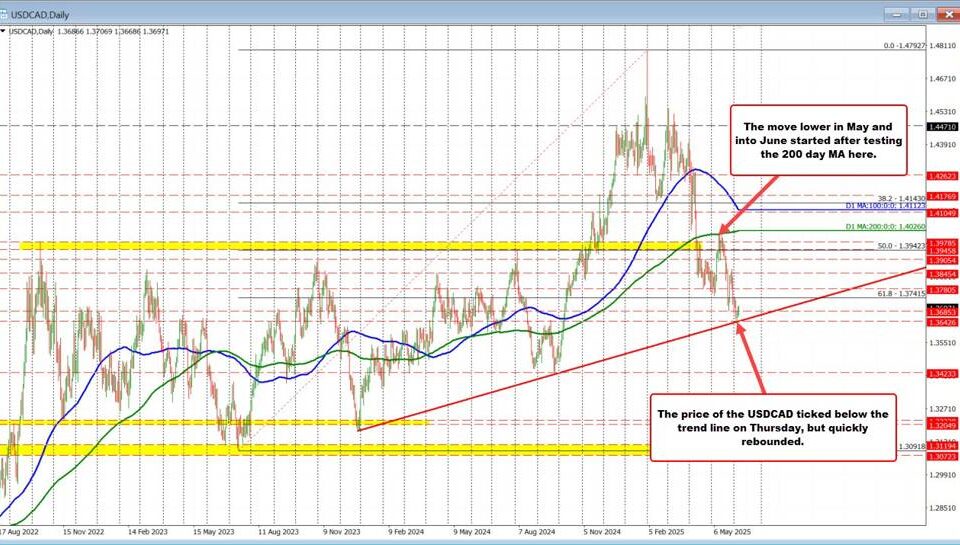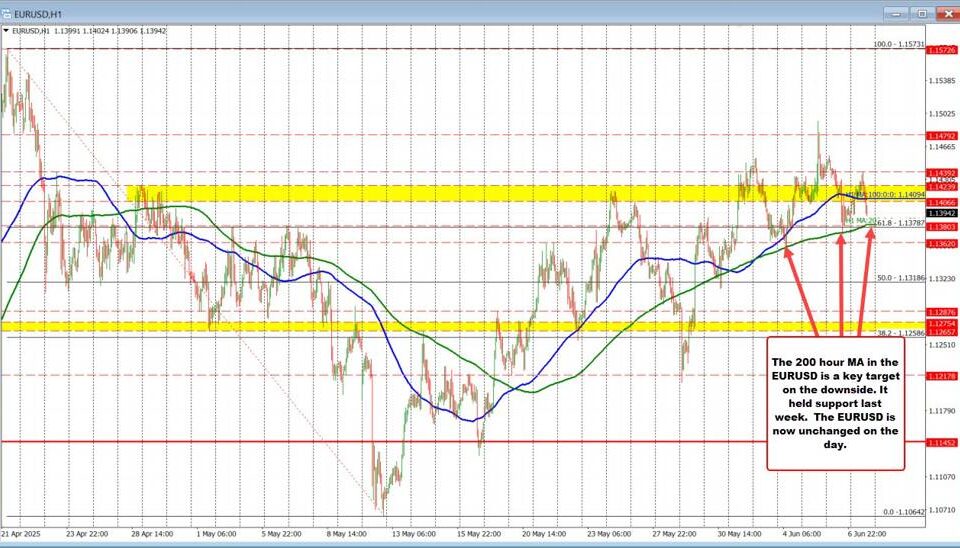EU’s Bold Move: 90-Day Tariff Suspension Against the U.S. and Its Impact on Trade Relations
Tháng 4 10, 2025USD vs. CHF: A Major Currency Turnaround in 2025
Tháng 4 10, 2025US Stock Market Volatility: Understanding Recent Movements Amid Tariff Announcements
The United States stock market has recently been dominated by significant volatility, largely attributed to President Trump’s announcements regarding tariffs. Analysts and investors alike are grappling with the implications of these new trade policies, which have led to marked declines in major indices, including the S&P 500 and the Nasdaq Composite.
Market Declines: A Closer Look at the Numbers
Following the initial rallies, the S&P 500 has dropped by approximately 12% since the announcement of the tariff plans. Similarly, the Nasdaq Composite has suffered an even steeper decline of about 13.3% during the same timeframe. This downturn not only illustrates the immediate impact of tariff-related news on investor sentiment but also reflects a broader concern over the potential long-term effects on the economy.
As we navigate through this turbulent landscape, it’s essential to consider what has precipitated this market reaction. The fear of escalating tariffs has created ripples of uncertainty among market participants, with many questioning the sustainability of recent gains and contemplating potential fallout from trade disputes.
The Tariff Impact: Mixed Reactions from Analysts
The tariffs have undeniably stirred market jitters, pushing some analysts to express their concerns regarding the continuation of the sell-off. There is a diverse spectrum of opinions among financial experts; while some remain hopeful that ongoing negotiations may eventually resolve trade tensions and stabilize markets, others advise caution. The duality of perspectives points to the complexity of the current economic landscape, where tariff implications extend beyond immediate market responses to potentially longer-term ramifications for growth and inflation.
Technical Analysis: Signs of Instability
From a technical standpoint, the Nasdaq’s interaction with its 50-hour moving average serves as a telling symbol of the current market volatility. Technical analysis indicates a climate of uncertainty, characterized by significant intraday swings across major indices. These fluctuations mark a period where investors are navigating heightened risk, demonstrating the market’s sensitivity to economic indicators and geopolitical events.
The potential for traders to react emotionally in such a volatile environment is palpable, as they weigh the immediate impacts of tariff policies against their broader economic implications. For insights on avoiding common emotional pitfalls in investing, consider exploring Barry Ritholtz’s investment advice which emphasizes maintaining a balanced mindset.
Economic Outlook: Forecast Adjustments and Potential Risks
In light of the recent tariff developments, Morningstar has embarked on revising its GDP forecasts downward, citing concerns over potential recession risks and inflationary pressures. This adjustment reinforces the idea that the impacts of tariffs extend well beyond stock prices, touching on fundamental economic indicators that are critical for growth.
Moreover, insights into global economic shifts are important as the world navigates these challenges. The meeting convened by China’s President Xi Jinping with top global CEOs offers a perspective on China’s position amidst these trade tensions. Learn more about these strategic moves made by China by checking out three strategic moves by Xi.
Investors should remain vigilant as communication from policymakers continues to evolve. As the global economy grapples with escalating trade tensions, the road ahead for US stocks appears fraught with challenges. The ability to adapt to changing circumstances will be key for both investors and companies alike as they strive to navigate these unsettling waters.
Overall, the US stock market is presently experiencing dynamic and challenging conditions, shaped significantly by the backdrop of global trade tensions and the uncertainty brought about by tariff announcements. How these factors will unfold remains to be seen, but their impact on market performance will undoubtedly be a focal point moving forward.



